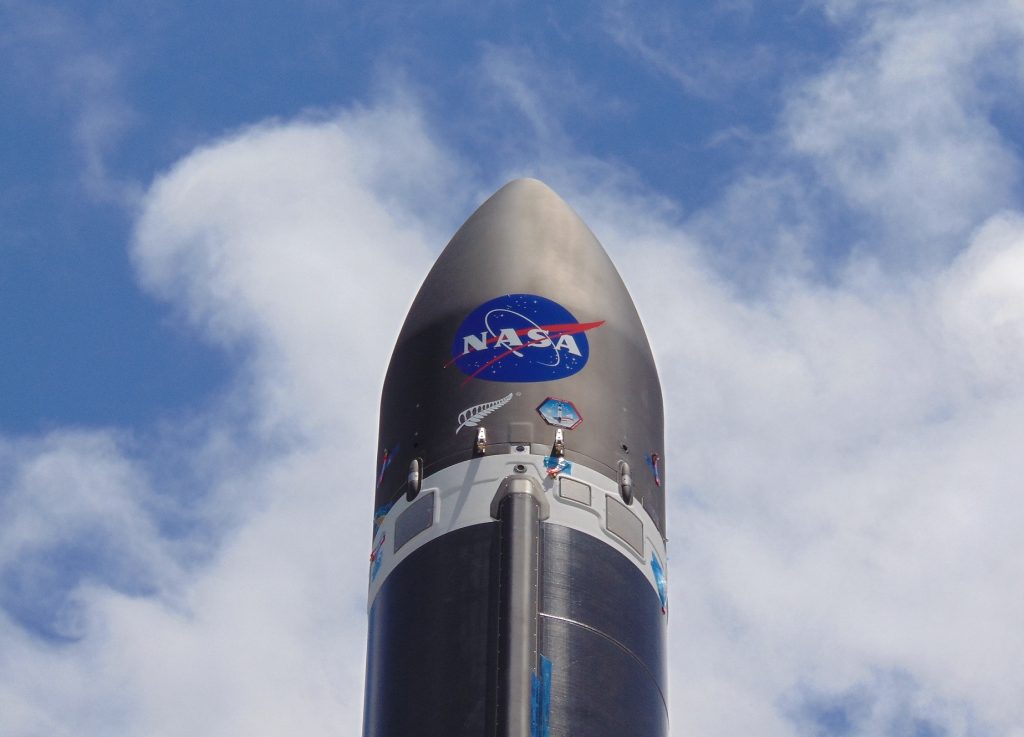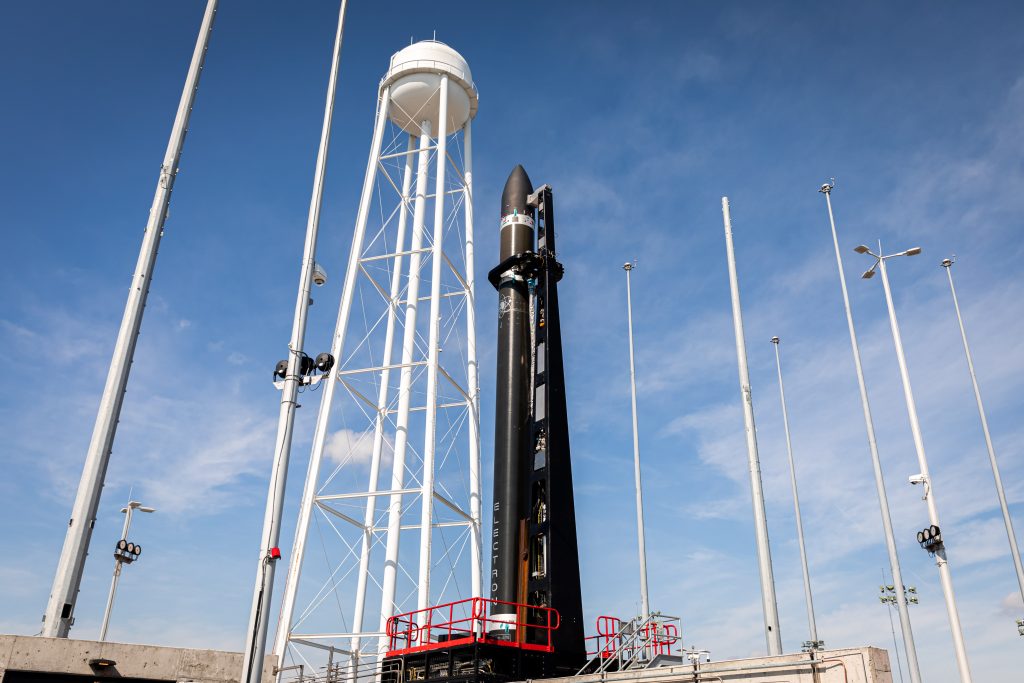Insiders and analysts have made their predictions on the 3D printing trends to watch out for. Find out more in our series focused on thefuture of 3D printing.
California-based aerospace firmRocket Labhas been selected to provide launch services forNASA’supcoming Venture-Class Acquisition of Dedicated and Rideshare (VADR) missions.
Set up to identify new payload opportunities for the growing US commercial aerospace market, the VADR program has a reported launch contract budget of up to $300 million. As one of twelve selected partners for the project, Rocket Lab will now help deliver various NASA payloads into orbit over the next five years, ranging from CubeSats to equipment designed to enhance the agency’s scientific R&D.

Rocket Lab’s 3D printed engines
Over the last sixteen years, Rocket Lab has established itself as a highly-reliable provider of launch services to commercial clientele, and at time of writing, it has managed to fire 109 satellites into orbit. In large part, the firm has been able to achieve this thanks to itsElectronandNeutronlaunch vehicles, with the former known to be powered by its Electron Beam Melting3D printed Rutherford engine.
Capable of reaching a thrust of 120N, and carrying up to 300 kg, the Rutherford has now been3D printed more than 100 times, and when fitted to the Electron, it has allowed Rocket Lab to carry out multiple high-profile missions, including thelaunch of a weather satelliteas part of theAir Force Research Laboratory’sMonolith program in 2020.
However, not satisfied with the Electron’s initial success, the company has since gone on to raise a significant amount of funding towards the R&D of itsnew Neutron launch vehicle. Not only has the upcoming rocket been backed by theUS Space Force, but it’s sure to benefit from the $777 million in capital generated byRocket Lab’s IPO mid-last year, and provide another option for NASA VADR consideration.

NASA’s ‘VADR’ launch program
Established with the aim of taking a more commercial approach to advancing the USA’s launch capabilities, it’s thought that NASA’s Venture-Class program will help it source related services more cost-effectively than ever before. In essence, the agency believes this can be achieved by taking a “lower level of mission assurance” that enablesFAA-licensed launches to be conducted via “commercial practices.”
Back in 2015, NASA trialed this approach via a series of Venture-Class Launch Service (VCLS) demos, in which it tested the efficacy of carrying payloads with much smaller launch vehicles. Carried out by Rocket Lab andVirgin Orbitin the shape of one-off contracts, these missions ultimately proved successful, paving the way for five new VCLS launches, as well as the program’s latest VADR expansion.
As part of its VADR successor project, NASA has now contracted a wider pool of firms to provide launch services for a variety of its missions, with each designed to contribute to its scientific R&D in different ways. Of those selected, six, includingNorthrop Grumman,SpaceX,United Launch Alliance,Astra,维珍和火箭轨道实验室,开展了在least one successful orbital launch.
ABL Space Systems,Blue Origin,Phantom SpaceandRelativity Space, on the other hand, are currently developing vehicles ahead of their first commercial launches, while L2 Solutions andSpaceflight Incare brokers rather than providers.
When it comes to the exact nature of Rocket Lab’s upcoming VADR missions, NASA has yet to disclose which FAA-licensed launches it’ll contribute to, but the company has previously been contracted to support the ‘CAPSTONE’ satellite, ‘ESCAPADE’ spacecraft and ‘ACS3’ solar sail projects, providing a flavor of the Electron’s launch capabilities.
“We are absolutely thrilled to be selected by NASA to support VADR missions, continuing our heritage of delivering a reliable ride to space for the agency’s small satellites as both dedicated and rideshare missions,” said Rocket Lab CEO Peter Beck. “NASA’s Launch Services Program plays a crucial role in growing the US launch industry by ensuring resilient space access and we could not be prouder to play a role in that.”

3D printing’s emerging space race
As a close NASA and US Space Force partner, Rocket Lab is one of the most prominent aerospace firms to build its launch vehicles using 3D printing, but it’s far from the only one. Fellow VADR contractee Relativity Space, for instance, has itself raised $650 million to support the development of its upcomingfully-3D printed Terran R rocket.
Similarly, British aerospace firmOrbexhas taskedEOS GroupcompanyAMCMwith building thelargest industrial 3D printer in Europe.Once finished, the machine is set to feature both printing and post-processing machinery, as well as ‘machine vision’ systems, that will enable the production of more than 35 engines and main stage turbo pump units per year.
Elsewhere, NASA has previously worked with researchers at theJohns Hopkins University Applied Physics Laboratory(APL) to develop asolar-powered rocket propulsiontechnology of its own. Designed to harness hydrogen emitted by the sun, it’s thought that the approach could eventually allow launch vehicles to be propelled towards the edge of the solar system at a much faster rate than is currently possible.
To stay up to date with the latest 3D printing news, don’t forget to subscribe to the3D Printing Industry newsletteror follow us onTwitteror liking our page onFacebook.
For a deeper dive into additive manufacturing, you can now subscribe to ourYoutubechannel, featuring discussion, debriefs, and shots of 3D printing in-action.
Are you looking for a job in the additive manufacturing industry? Visit3D Printing Jobsfor a selection of roles in the industry.
Featured image shows a render of the NASA logo superimposed onto a VADR program rocket. Image via Rocket Lab.


